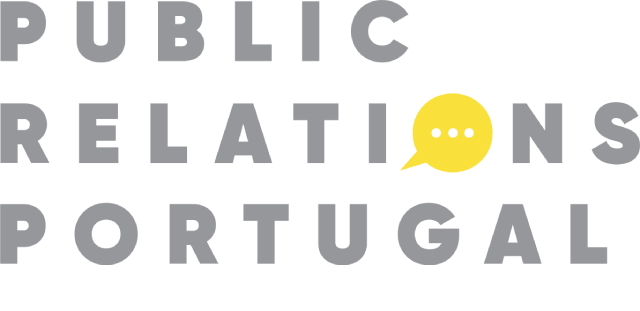Use of digital and social media

Public Relations uses digital and social media in many types and formats, but we can sum up some of the most typical. These — in addition to being the most prominent — have also proved to be the most effective. Here are some examples:
Electronic newsletters and digital publications
Print publications are often expensive to produce, especially when we print in colour on quality paper. Also, they take time, often adding several weeks to production schedules. On the other hand, digital publications are faster and cheaper to produce, and can have a higher impact as well.
As an example, e-newsletters became a common form of communication. For employees, communities, customers and other stakeholders they are often more convenient than physical copies. Similarly, companies can design and distribute reports, brochures and information sheets as digital documents.This way, updates and corrections are quick and less expensive compared to printed formats.
Websites
Almost every organisation has a website, but they are not necessarily informative or easy to use. That is because customer experience is usually left solely in the hand of the IT department. This is flawed practice, for even though, building the ‘back end’ of websites — creating databases to hold information and programming — is an IT responsibility, they might lack the necessary knowledge to develop a user friendly site.
PR and communication professionals and companies need to involve themselves in the planning and creation of their organisations’ website. This way, they can ensure it is customised for the stakeholders’ and the public’s needs. Also, that it is accessible and user-friendly. In addition, content should be more than just plain text. Engaging websites feature videos, photographs, sound files (speeches), graphics and even animations to capture attention.
Intranets and extranets
Additional tools for organisations in the “digital world” are features like special websites. These have password restricted access to provide specialised information for internal stakeholders. If these stakeholders are employees, then it is an intranet, if external stakeholders — such as distributors or retailers — it is an extranet.
The IT department can only provide the technical infrastructure for these networks, with PR and marketing specialists having a say in the matter of user experience.
Organisation can rely on Marketing, Communication and PR, to create and update content that is relevant and interesting to target audiences (stakeholders and the public).
